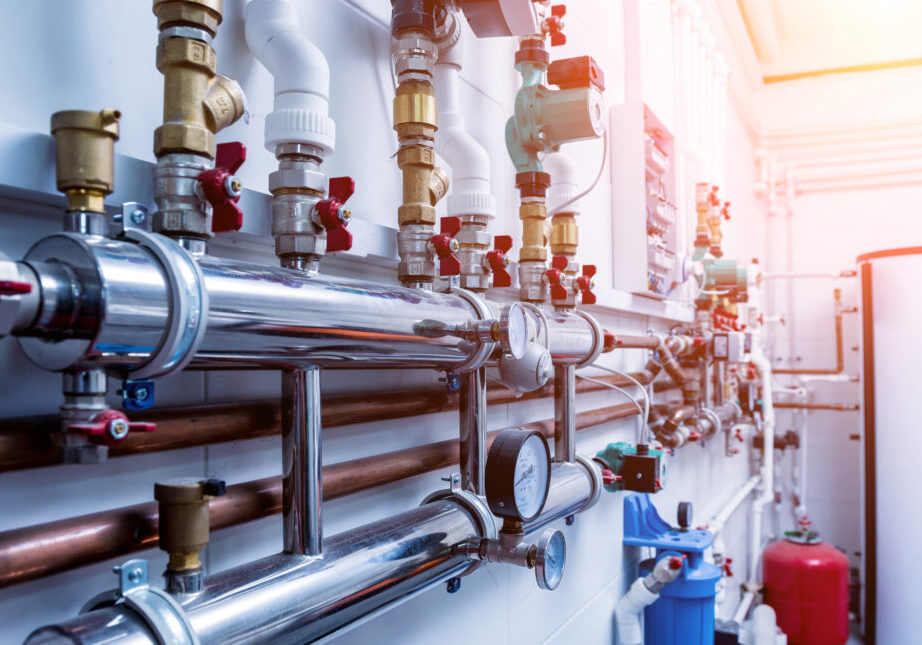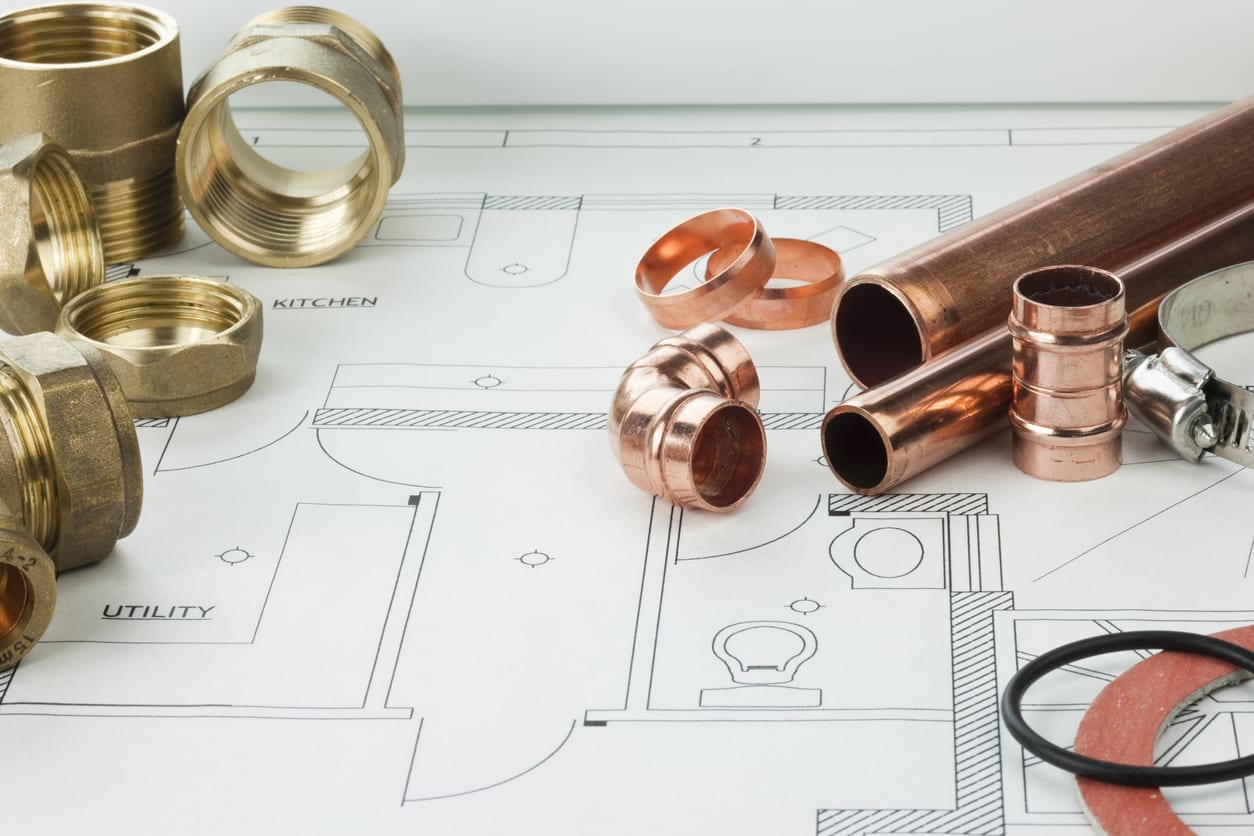The Basics of Your House's Plumbing System Anatomy
The Basics of Your House's Plumbing System Anatomy
Blog Article
Presented here underneath you'll find additional great answers pertaining to Anatomy of a House: Understanding the Components.

Recognizing exactly how your home's plumbing system functions is crucial for every home owner. From providing clean water for drinking, food preparation, and bathing to safely getting rid of wastewater, a well-kept pipes system is crucial for your household's health and convenience. In this thorough guide, we'll check out the detailed network that comprises your home's pipes and offer pointers on upkeep, upgrades, and handling typical concerns.
Introduction
Your home's pipes system is more than just a network of pipelines; it's a complex system that ensures you have accessibility to tidy water and efficient wastewater removal. Recognizing its parts and just how they work together can help you stop costly repairs and make sure every little thing runs smoothly.
Fundamental Elements of a Pipes System
Pipes and Tubes
At the heart of your pipes system are the pipes and tubes that lug water throughout your home. These can be made of different products such as copper, PVC, or PEX, each with its advantages in terms of longevity and cost-effectiveness.
Components: Sinks, Toilets, Showers, and so on.
Components like sinks, bathrooms, showers, and bath tubs are where water is made use of in your home. Comprehending just how these components attach to the plumbing system assists in identifying troubles and preparing upgrades.
Shutoffs and Shut-off Points
Shutoffs regulate the circulation of water in your plumbing system. Shut-off valves are vital throughout emergency situations or when you need to make fixings, permitting you to isolate parts of the system without interrupting water flow to the entire home.
Water System System
Main Water Line
The main water line connects your home to the community water system or an exclusive well. It's where water enters your home and is dispersed to numerous components.
Water Meter and Stress Regulatory Authority
The water meter procedures your water use, while a stress regulatory authority makes sure that water streams at a risk-free pressure throughout your home's plumbing system, protecting against damages to pipelines and components.
Cold Water vs. Warm water Lines
Recognizing the difference in between cold water lines, which supply water directly from the main, and hot water lines, which carry heated water from the hot water heater, assists in repairing and preparing for upgrades.
Water drainage System
Drain Pipes Piping and Traps
Drain pipelines lug wastewater far from sinks, showers, and commodes to the drain or septic system. Catches protect against drain gases from entering your home and likewise trap debris that could cause blockages.
Ventilation Pipelines
Air flow pipelines enable air into the water drainage system, protecting against suction that can reduce drain and cause catches to vacant. Appropriate air flow is vital for preserving the integrity of your pipes system.
Relevance of Correct Drain
Guaranteeing proper water drainage protects against back-ups and water damage. Frequently cleaning up drains pipes and preserving traps can protect against costly repairs and expand the life of your pipes system.
Water Heating System
Kinds Of Water Heaters
Hot water heater can be tankless or conventional tank-style. Tankless heating units heat water as needed, while storage tanks keep heated water for immediate use.
Upgrading Your Pipes System
Reasons for Updating
Updating to water-efficient components or replacing old pipelines can improve water top quality, decrease water bills, and raise the value of your home.
Modern Pipes Technologies and Their Benefits
Explore modern technologies like smart leakage detectors, water-saving toilets, and energy-efficient hot water heater that can conserve money and minimize environmental impact.
Expense Considerations and ROI
Compute the in advance prices versus long-lasting financial savings when considering pipes upgrades. Many upgrades spend for themselves with reduced energy costs and fewer repair services.
How Water Heaters Link to the Pipes System
Comprehending exactly how water heaters attach to both the cold water supply and hot water circulation lines helps in identifying issues like inadequate warm water or leakages.
Maintenance Tips for Water Heaters
Consistently flushing your hot water heater to remove debris, checking the temperature setups, and examining for leaks can expand its life expectancy and enhance energy performance.
Typical Plumbing Concerns
Leaks and Their Causes
Leakages can happen because of maturing pipelines, loose fittings, or high water stress. Addressing leaks immediately avoids water damages and mold and mildew growth.
Clogs and Obstructions
Blockages in drains pipes and commodes are frequently triggered by purging non-flushable things or a buildup of oil and hair. Making use of drain screens and being mindful of what goes down your drains can stop blockages.
Indications of Plumbing Issues to Look For
Low tide pressure, slow drains, foul odors, or unusually high water bills are signs of prospective pipes troubles that must be addressed without delay.
Pipes Upkeep Tips
Regular Evaluations and Checks
Arrange annual plumbing examinations to catch concerns early. Look for signs of leakages, corrosion, or mineral buildup in taps and showerheads.
Do It Yourself Upkeep Tasks
Easy jobs like cleansing faucet aerators, checking for commode leakages making use of color tablet computers, or protecting exposed pipes in cool environments can avoid major pipes concerns.
When to Call a Professional Plumbing Professional
Know when a pipes issue calls for professional proficiency. Trying complicated repairs without appropriate knowledge can cause even more damage and higher repair service prices.
Tips for Decreasing Water Use
Basic practices like dealing with leaks without delay, taking shorter showers, and running complete tons of washing and meals can conserve water and lower your utility costs.
Eco-Friendly Pipes Options
Consider sustainable plumbing products like bamboo for floor covering, which is durable and environment-friendly, or recycled glass for counter tops.
Emergency situation Preparedness
Steps to Take Throughout a Plumbing Emergency situation
Know where your shut-off shutoffs are located and just how to shut off the water in case of a burst pipeline or significant leak.
Relevance of Having Emergency Situation Get In Touches With Handy
Keep contact details for regional plumbers or emergency situation services easily offered for quick action during a plumbing situation.
Environmental Effect and Preservation
Water-Saving Fixtures and Home Appliances
Mounting low-flow faucets, showerheads, and commodes can considerably decrease water use without compromising efficiency.
DIY Emergency Situation Fixes (When Applicable).
Short-term solutions like utilizing air duct tape to patch a leaking pipe or positioning a bucket under a trickling faucet can lessen damages up until a specialist plumbing shows up.
Verdict.
Understanding the composition of your home's pipes system encourages you to maintain it successfully, saving money and time on repairs. By complying with normal upkeep routines and staying notified concerning modern plumbing technologies, you can guarantee your pipes system runs efficiently for many years to find.
HOW YOUR PLUMBING SYSTEM WORKS
Which Pipes Do What?
Blue lines = fresh water supply entering the building Red lines = hot water supply entering the building Grey lines = pipes carrying waste away from the building and venting pipes carrying gases away from the building (through the roof) YOUR MAIN PLUMBING SYSTEMS
There are two main plumbing systems that support your home s basic plumbing needs one that brings clean water into your home, and one that sends dirty water away from your home. Connected to the toilet, bath, shower, and other faucets in your home, these two systems keep your water flowing in the right directions.
ACCESSING FRESH WATER
Fresh and clean water is brought into your home through the main water supply line . Filtered through one pipe, this water is pressured to flow into the various fixtures in your home at any given time.
This water can be sourced from a well located on your property, a pond or river (mostly cottages), or, as in most cases, from the city s municipal water treatment centre. However, it is important to note that water that is untreated, such as the water siphoned from ponds or rivers, may not be safe to drink. Personal water supplies always need to be treated for hardness and contaminants before consumed.
MUNICIPAL WATER SUPPLIES
Improve taste and odour Remove sediment Eliminate hardness Reduce chlorine COLD WATER SUPPLY VS. HOT WATER SUPPLY
Cold water flows into your home or building through the service line, which then distributes hot or cold water to your fixtures. This line is most commonly run through a central column that runs floor to floor. Hot water runs in short and straight pipes as the longer the pipeline, the more heat that will be lost in the transfer. Having shorter pipes also allows residents to access hot water more quickly.
WASTE WATER SYSTEM
Your wastewater system is divided into two parts pipes that send wastewater away from your home and venting pipes that send sewer gas away from your home. Sewage water travels through pipes that flush the water and waste towards local sewers that are operated and managed by your city or town. Most sewer systems rely on gravity to move the wastewater to where it needs to go.
The further away from your toilet or sink, the larger wastewater pipes become. This allows for waste to be disposed of from various parts of your home or business at once without pipe blockages. The angle and flow of these pipes are also essential for keeping your waste pipes clear of build up.
https://harrisplumbing.ca/how-your-home-plumbing-system-works/

I stumbled upon that review on Anatomy of a House: Understanding the Components while doing a search on the search engines. Do you know somebody else who is occupied with the niche? Why not share it. We cherish reading our article about Exploring Your Homes Plumbing Anatomy.
Information Here Report this page